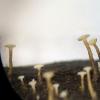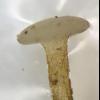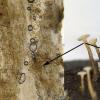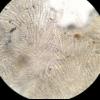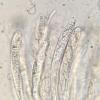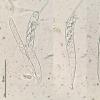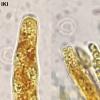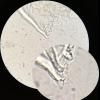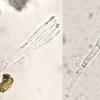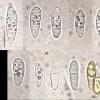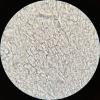
21-10-2025 04:52
 Francois Guay
Francois Guay
I found what might be Chlorociboria aeruginella on

17-10-2025 18:45
 Riet van Oosten
Riet van Oosten
Hello, Found by Laurens van der Linde, Oct. 2025.

25-11-2016 13:54
 Stephen Martin Mifsud
Stephen Martin Mifsud
Hi, I found numerous seeds of Washingtonia robusta

19-10-2025 18:58
 Bernard CLESSE
Bernard CLESSE
Bonsoir à toutes et tous,Il y a un peu plus de de

20-10-2025 09:36
 Nicolas VAN VOOREN
Nicolas VAN VOOREN
Hello.I'm searching for the following article:Bene

19-10-2025 14:10
Camille MertensBonjour à tous.Asco stipité 1mm de texture appar

23-09-2025 13:31
Thomas Læssøehttps://svampe.databasen.org/observations/10534623

15-10-2025 16:39
 Edvin Johannesen
Edvin Johannesen
These tiny (0.2-0.6 mm), white, pulvinate apotheci

03-10-2025 13:44
 Riet van Oosten
Riet van Oosten
Hello, Found by Laurens van der Linde on Populus

13-10-2025 19:05
Louis DENYBonjour forumSur tronc décortiqué de feuillu x,
Here is what I believe to be a Hymenoscyphus growing on very wet wood which was lying in mud and water in a New York park. They have a long stipe and convex hymenium. Trees nearby included Fagus, Quercus, Tsuga. My hunch is that the wood is hardwood.
Asci are IKI+ with croziers, 101-108 x 11.4-12.7µm.
Spores are fusiform, rounded at the ends with multiple guttules, occasionally 1-septate, 14.1-21.6 x 4.1-6.3µm.
Paraphyses branch, with oil content (I think).
The stipe excipulum is textura prismatica, and there is brown pigment among the cells. The medulliary excipulum is textura angularis verging on textura globulosa.
Long ago on this forum I posted something similar (but with a shorter stipe) which Zotto suggested might be Hymenoscyphus varicosporoides. Could this be that as well?
Thanks in advance,
Ethan



